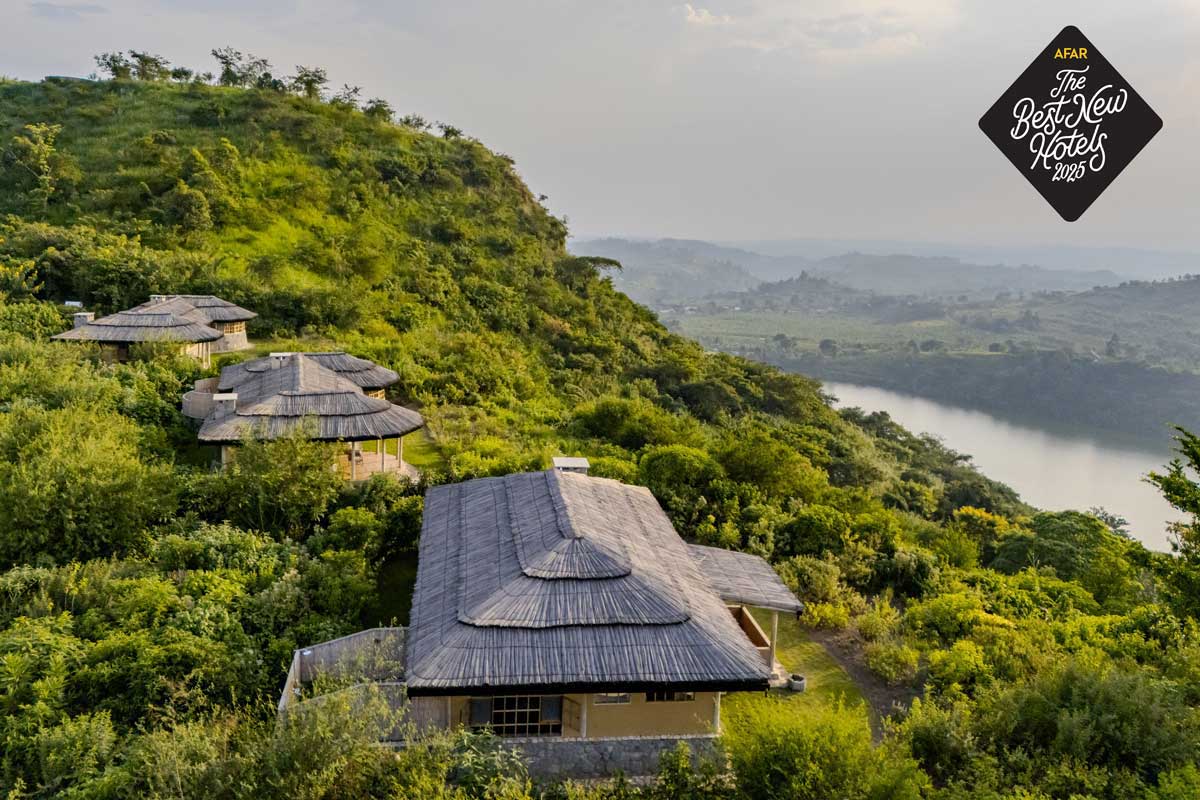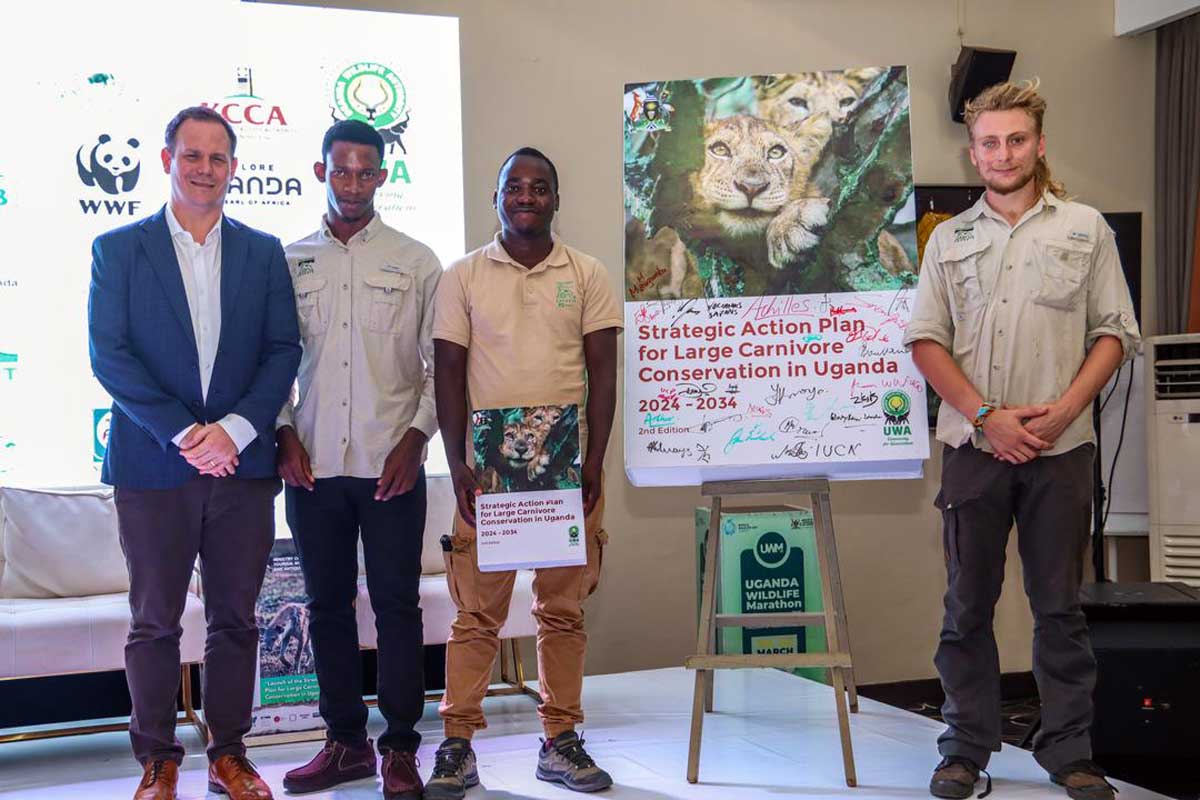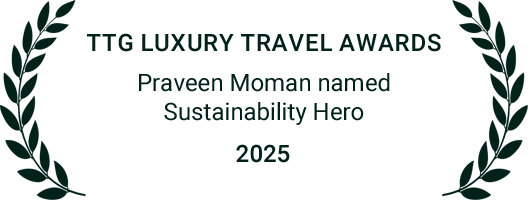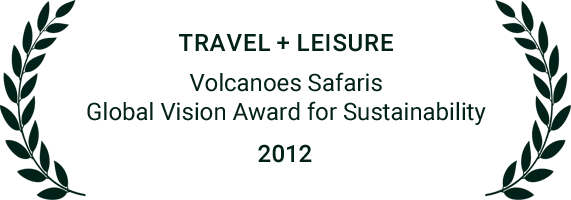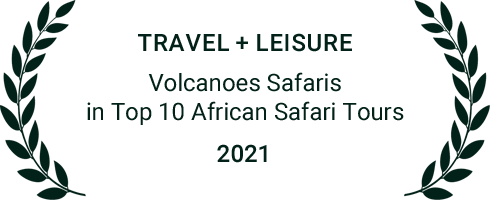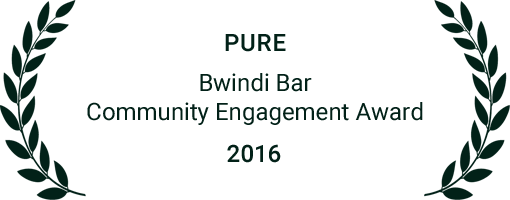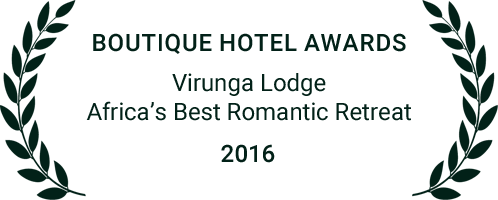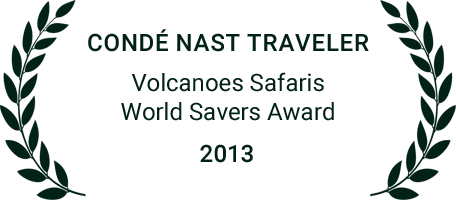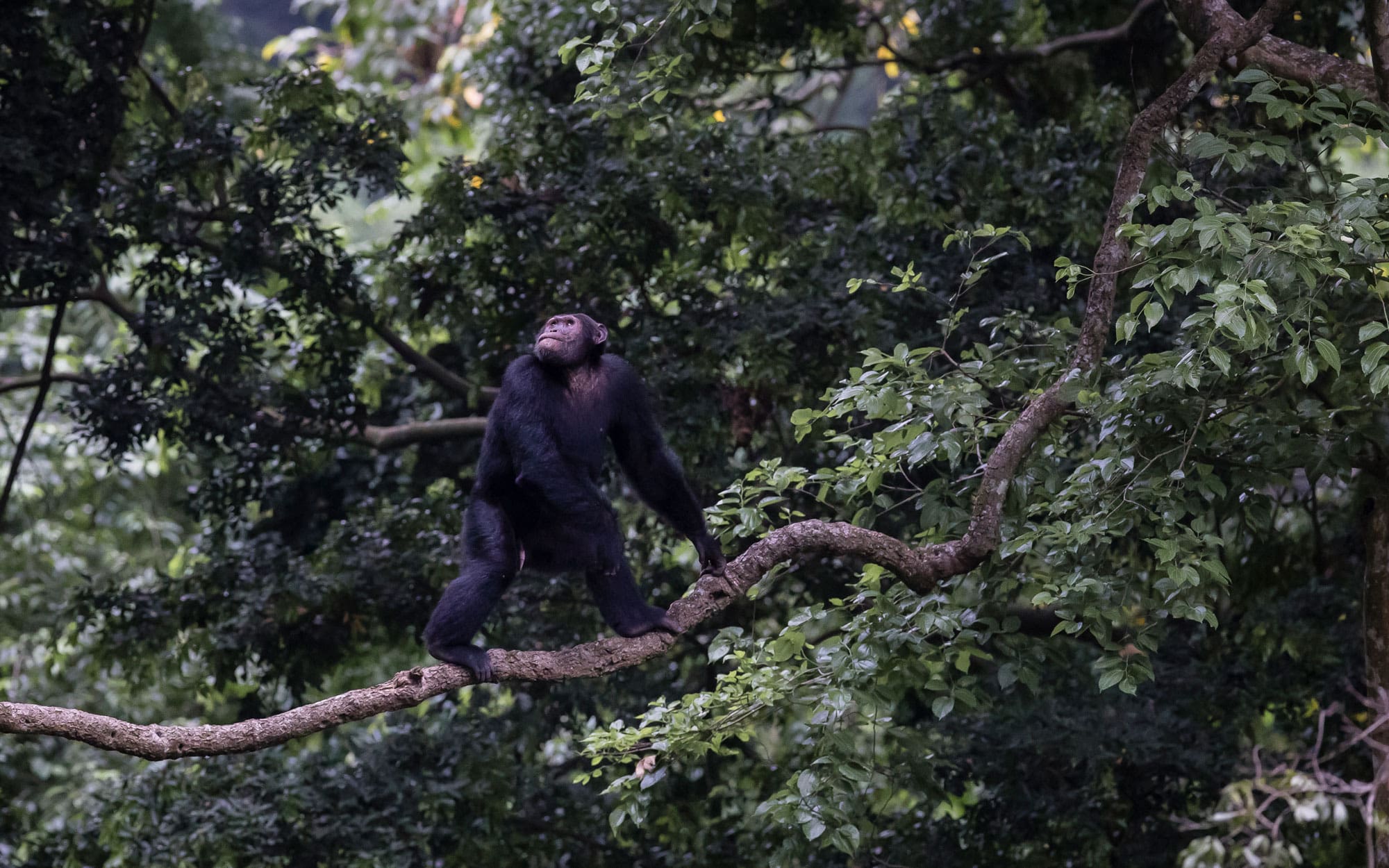The area around Gahinga is one of the most densely populated rural regions in Uganda. The reasons for this are simple enough; the land is very fertile and there is plenty of water and potatoes. While the link between potatoes and fecundity remains unproven, on current evidence I am pretty convinced. Broadly speaking there are only 2 ethnic groups in the region: the Batwa, the smaller group (no jokes please) and the Bafumbila, who constitute by the far the largest group.
The history of how the Bafumbila came to live in Uganda is very interesting. Far from being an ancient indigenous group they in fact only arrived in the 1950s and 60s but their journey was not a long one as they came from Rwanda. At this time there was considerable unrest between the two major ethnic groups in Rwanda, the Hutu and the Tutsi, and while it pales into insignificance compared with what was to come it was sufficiently bad for the Bafumbila to up sticks and move across the border. Being a largely agrarian society, with some livestock for good measure, the Bafumbila quickly began to cultivate the lush fertile slopes of the Volcanoes growing, almost exclusively, potatoes.
While they may be considered new social upstarts in the region when compared to the Batwa, the Bafumbila retained much of their original culture when they moved, most notably their language, Kifumbila, which is almost identical to Kinyarwanda, spoken just across the border. Kifumbila seems to consist almost entirely, in my observation, of different words for saying 'hello' including a separate greeting for if somebody is working in the fields when they are greeted. Needless to say it is a confusing language to learn.
Unfortunately for the vast majority of visitors, the only contact they will have with this community is to drive through it. But recently the VSPT has been training a number of local guides with an aim to helping showcase some of the fascinating cultural history of the region. We have also worked with local community members to develop a cultural heritage walk through the surrounding villages, which the community guides can offer visitors by adding their own personal take on local customs. It is hoped that this product will be run independently of the VSPT and allow both the community to benefit from the tourists and the tourists to benefit from the community.
Will, Uganda - Volcanoes Safaris Partnership Trust
